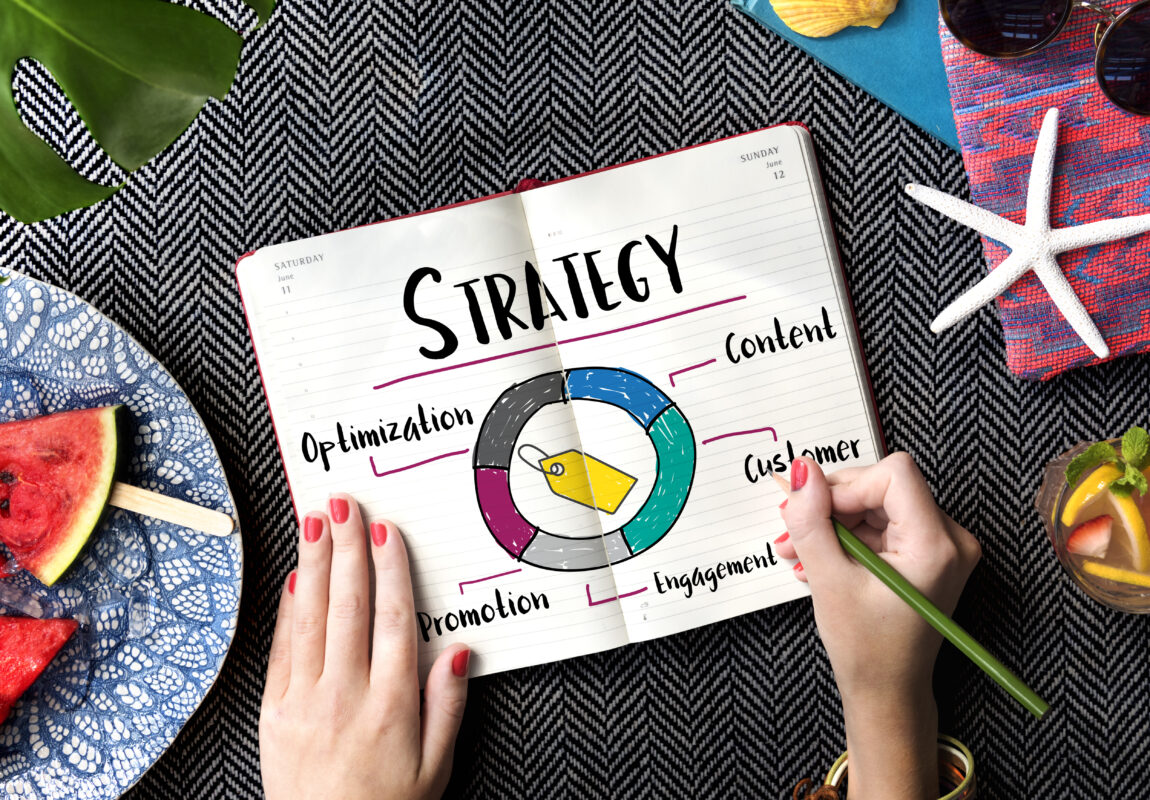How to Develop a Winning Business Strategy
In 2025, markets are evolving faster than ever. Rapid technological innovation, shifting customer expectations, and unpredictable global economic trends demand strategies that are agile, data-driven, and people-centred. For businesses of all sizes—start-ups, growing SMEs, and established corporations—a winning strategy is no longer just about long-term planning. It’s about building resilience, leveraging technology, and creating sustainable value.
This comprehensive guide explores how to develop a winning business strategy in 2025, from analysing market trends to executing with precision.
1. Understand the 2025 Business Landscape
Before crafting a strategy, leaders must understand the forces shaping business today. Key influences include:
- Digital Transformation: Artificial intelligence, machine learning, and automation are redefining operations, marketing, and customer service. Businesses must embed technology into every process.
- Changing Consumer Behaviour: Customers value personalisation, speed, and sustainability. Loyalty depends on trust, ethical practices, and seamless digital experiences.
- Global Economic Shifts: Supply chain pressures, inflation concerns, and changing trade policies require strategies that can adapt to sudden disruptions.
- Sustainability and ESG (Environmental, Social, and Governance): Green initiatives and ethical governance are no longer optional. Investors and customers alike expect measurable sustainability goals.
- Workforce Evolution: Hybrid work models and a demand for purposeful careers mean attracting and retaining talent requires flexibility and strong organisational culture.
A winning business strategy in 2025 begins with recognising these drivers and their impact on your sector.
2. Define Your Vision, Mission, and Core Values
A strong strategy is anchored by clarity of purpose.
- Vision describes where you want the business to be in the future.
- Mission explains what the company does and why it exists.
- Core Values guide behaviour and decision-making.
These statements are more than words on a website. They create a shared understanding, inspire employees, and help customers connect with your brand. In 2025, authenticity matters—your vision and mission must align with actions.
3. Conduct a Comprehensive Strategic Analysis
Thorough analysis is the foundation of a winning plan. Use proven frameworks to examine both internal capabilities and external opportunities:
- SWOT Analysis: Identify strengths, weaknesses, opportunities, and threats.
- PESTEL Analysis: Evaluate political, economic, social, technological, environmental, and legal factors.
- Porter’s Five Forces: Assess industry competition, new entrants, supplier power, customer power, and substitute products.
Combine these insights with real-time market data and predictive analytics. Data-driven forecasting is critical in 2025 for anticipating trends and consumer demands.
4. Set SMART Goals and Key Performance Indicators (KPIs)
Clear, measurable goals turn vision into action. Use the SMART framework (Specific, Measurable, Achievable, Relevant, Time-bound) to define priorities such as:
- Revenue growth targets
- Market share expansion
- Sustainability milestones
- Digital adoption rates
Support each goal with KPIs to monitor progress. For example, track customer acquisition costs, employee retention, or carbon footprint reduction depending on your focus.
5. Embrace Innovation and Digital-First Thinking
Innovation is no longer optional—it’s a competitive necessity. A 2025 business strategy must integrate:
- Artificial Intelligence and Automation: For data analysis, customer service, and operational efficiency.
- Data Analytics and Business Intelligence Tools: To make evidence-based decisions and discover hidden opportunities.
- E-commerce and Omnichannel Engagement: Ensuring customers can connect and buy through multiple digital touchpoints.
- Cybersecurity and Data Privacy: Building trust by safeguarding customer and business data.
Investing in technology and a culture of innovation ensures your strategy remains relevant and scalable.
6. Build a Sustainable and Ethical Model
Sustainability is now a key measure of long-term success. Modern strategies must include:
- Carbon reduction and green operations: Energy-efficient production, renewable energy adoption, and reduced waste.
- Ethical supply chain management: Partnering only with socially responsible suppliers.
- Inclusive workplace practices: Promoting diversity, equity, and employee well-being.
These practices are no longer just about compliance—they drive profitability and strengthen brand reputation.
7. Strengthen Leadership and Organisational Culture
Strong leadership transforms plans into results. Leaders in 2025 should:
- Empower teams with clear communication and shared goals
- Invest in professional development and mentoring
- Foster innovation by rewarding creativity and risk-taking
- Maintain a positive culture in hybrid and remote settings
A motivated, well-supported workforce ensures strategic objectives are met.
8. Develop an Agile Financial Plan
Financial discipline is the backbone of execution. Your strategy should include:
- Accurate forecasting to plan for different market scenarios
- Cost management and efficiency drives to maintain profitability
- Flexible funding options, such as venture capital, private equity, or strategic partnerships, to support growth
An agile financial plan allows rapid response to market changes and unexpected opportunities.
9. Execute with Precision and Monitor Progress
Execution is where strategy lives or dies. Key steps include:
- Creating detailed action plans with clear responsibilities and timelines
- Establishing regular review meetings to monitor KPIs
- Using real-time dashboards and project management tools for tracking progress
- Staying ready to pivot if market conditions change
Continuous improvement, informed by performance data, ensures the strategy remains dynamic.
10. Communicate and Engage Stakeholders
Transparent communication is essential. Share strategic objectives and progress with:
- Employees to build alignment and motivation
- Customers to reinforce trust and brand loyalty
- Investors and partners to maintain confidence and secure funding
Consistent messaging strengthens relationships and helps the organisation move as one.
Final Thoughts
Developing a winning business strategy in 2025 requires foresight, flexibility, and innovation. By understanding market shifts, setting clear goals, integrating technology, and committing to sustainability, businesses can thrive in an unpredictable world.
At the European Institute of Leadership and Management, we specialise in helping leaders and organisations master these skills through advanced programmes and Mini MBA courses. Our training empowers professionals to design strategies that are future-proof, resilient, and capable of driving sustainable growth.
The future of business belongs to those who plan boldly and adapt quickly. Start shaping your 2025 strategy today to secure tomorrow’s success.

